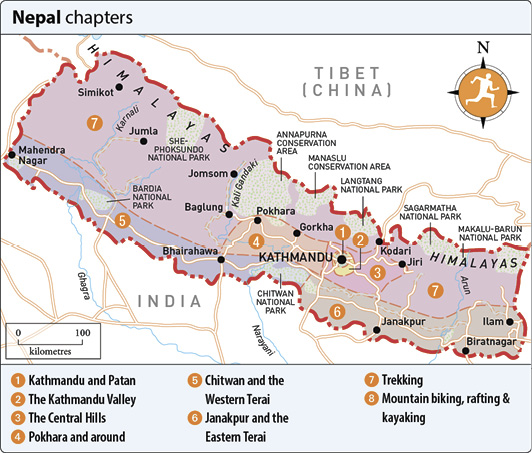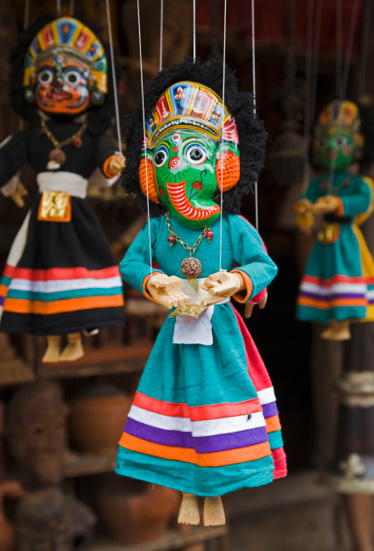This Rough Guide is one of a new generation of informative and easy-to-use travel-guide ebooks that guarantees you make the most of your trip. An essential tool for pre-trip planning, it also makes a great travel companion when youre on the road.
From the section.
Detailed area maps feature in the guide chapters and are also listed in the , accessible from the table of contents. Depending on your hardware, you can double-tap on the maps to see larger-scale versions, or select different scales. Make sure you have the latest software updates, too.
Throughout the guide, weve flagged up our favourite places a perfectly sited hotel, an atmospheric caf, a special restaurant with the author pick icon  . You can select your own favourites and create a personalized itinerary by bookmarking the sights, venues and activities that are of interest, giving you the quickest possible access to everything youll need for your time away.
. You can select your own favourites and create a personalized itinerary by bookmarking the sights, venues and activities that are of interest, giving you the quickest possible access to everything youll need for your time away.
Above Changu Narayan temple; the Himalayas; a trekking porter
Introduction to Nepal
Hindus believe that the gods made their home in the mountains of Nepal; one look at the Himalayas, and youll understand why. Squeezed between India and Tibet, Nepals diverse scenery ranges from lowland dripping jungles, where tigers hide in the shadows, to Mount Everests frozen summit, where no life can survive for long. For most visitors, coming to Nepal is a chance to experience the great mountains; but once here, most people are quick to realize that Nepals artistic heritage, fascinating wildlife and welcoming people are all an equal draw to the mighty peaks.
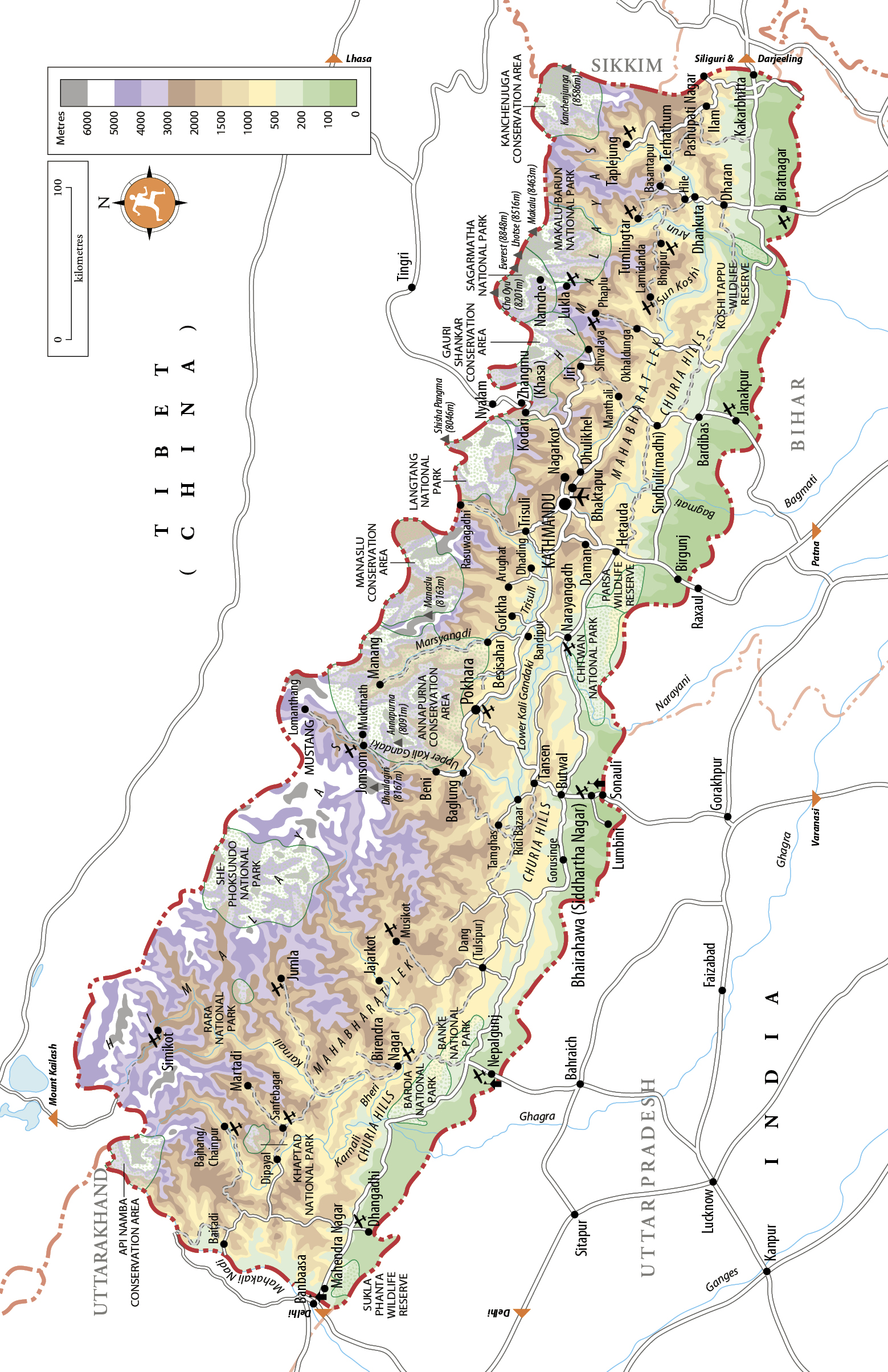
Nepals cultural landscape is every bit as diverse as its physical one. Its peoples belong to a range of distinctive ethnic groups, and speak a host of languages. Homes are made in everything from dense, ancient cities erupting with pagoda-roofed Hindu temples to villages perched on dizzying sweeps of rice-farming terraces and dusty highland settlements clustered around tiny monasteries. Religious practices range from Indian-style Hinduism to Tibetan Buddhism and from nature worship to shamanism the indigenous Newars, meanwhile, blend all these traditions with their own, intense tantric practices.
The cultural richness owes something to the shaping force of the landscape itself, and something else to the fact that Nepal was never colonized. This is a country with profound national or ethnic pride, an astounding flair for festivals and pageantry and a powerful attachment to traditional ways. Its people famously display a charismatic blend of independent-mindedness and friendliness, toughness and courtesy. These qualities, through the reputations of Gurkha soldiers and Sherpa climbers in particular, have made Nepalis internationally renowned as a rare pleasure to work with or travel among.
But it would be misleading to portray Nepal as a fabled Shangri-la. Long politically and economically weak it has developed at uncomfortable speed in some areas while stagnating in others. Heavily reliant on its superpower neighbours, Nepal was, until 1990, the worlds last remaining absolute Hindu monarchy, run by a regime that combined Chinas repressiveness and Indias bureaucracy. Following a soul-scouring Maoist insurgency, which ended in 2006, it has ended up as a federal republic. Nepal seems always to be racing to catch up with history, and the sense of political excitement here is thrillingly palpable.
Above Puppets, Bhaktapur
The 2015 earthquake
On April 25, 2015 Nepal was devastated by a massive 7.8-magnitude earthquake the countrys worst in over eighty years and several powerful aftershocks, killing thousands and creating a humanitarian disaster.
Much of the earthquake damage has now been repaired, and there are few visible signs that it had happened at all. However, the UNESCO-protected buildings and temples of Kathmandu, Patan and Bhaktapurs Durbar squares are still awaiting restoration, and its likely to be many more years before these architectural treasures are restored. Throughout this guide, we have mentioned sites where earthquake damage remains significant.
Where to go
Nepals capital, Kathmandu, is electrifyingly exotic, with its medieval warren of alleys, Hindu temples and Buddhist stupas, and its uniquely relaxed nightlife. The city is increasingly hectic, however, so many visitors make day-trips out to the semi-rural Kathmandu Valley, and the well-preserved medieval cities of Patan and Bhaktapur, while others escape to stay overnight at one of the mountain viewpoints on the valley rim, such as Nagarkot, in the Central Hills. Few take the time to explore the valleys wealth of temples, towns and forested hilltops in more depth, but those who do are richly rewarded.
Most people move on from Kathmandu to Pokhara, six hours west of the capital via tourist bus. An engaging, easy-going resort town in the Western Hills, Pokhara is set beside a lake and under a towering wall of white peaks. While many visitors are happy just to gaze at the towns impressive views, or hang out in its numerous bars, it also makes a great base for day hikes and mountain-bike rides, yoga and meditation courses, and even paragliding and microlight flights. Other towns in the Western Hills notably Gorkha with its impressive fortress, Manakamana with its wish-fulfilling temple, and Bandipur with its old-world bazaar offer history and culture as well as scenery.
Not many travellers head into the flat Terai, along the border with India, unless its to enter the deservedly popular Chitwan National Park, with its endangered Asian one-horned rhinos. The Terai is also home to Bardia National Park and two other rarely visited wildlife reserves all worth considering for those looking to escape the Chitwan crowds. In the west, Lumbini, Buddhas birthplace, is a pilgrimage site of worldwide importance, as is Janakpur, a Hindu holy city in the east.
Yet above and beyond all else, Nepal is most renowned for trekking hiking from village to village, through massive hills and lush rhododendron forests and up to the peaks and glaciers of the high Himalayas. The thrillingly beautiful and culturally rich

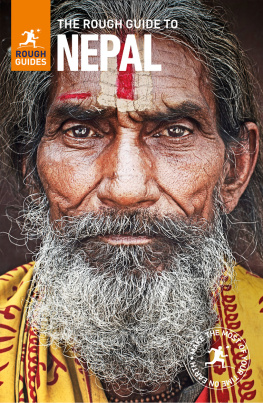
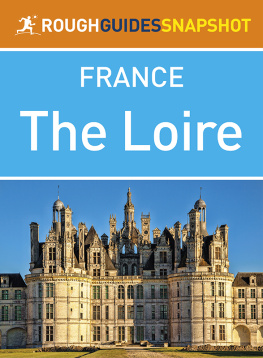
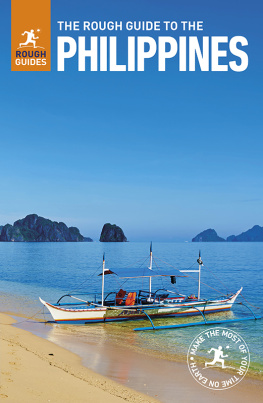
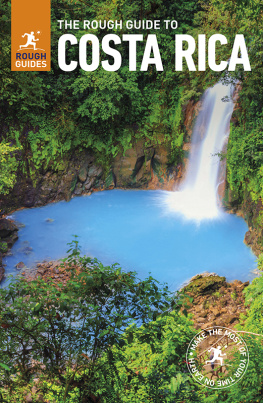
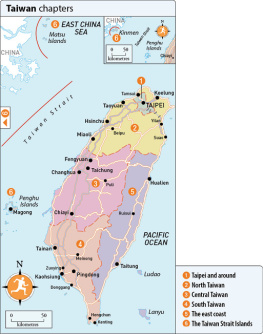
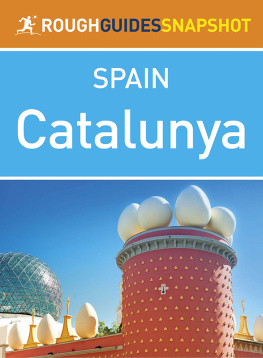
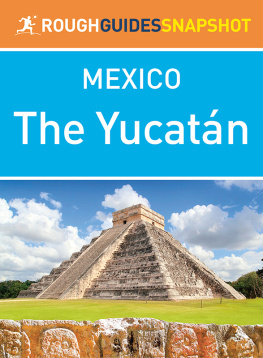
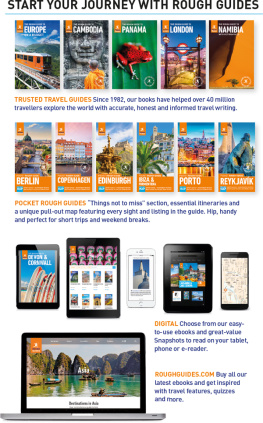


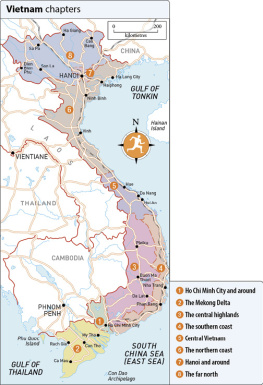
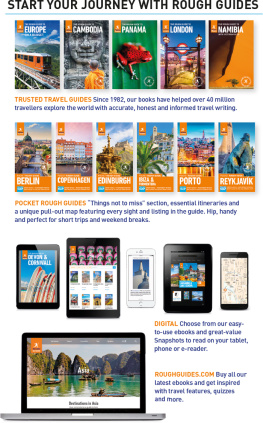

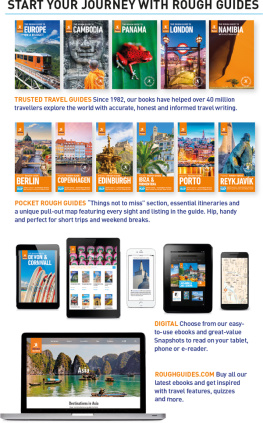

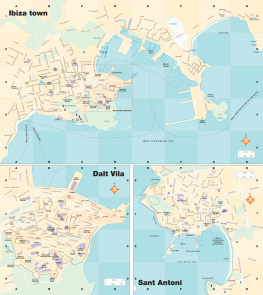

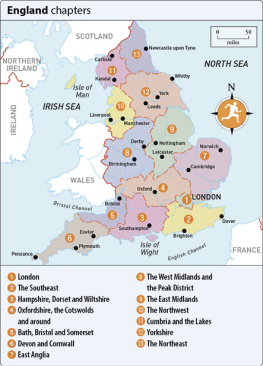
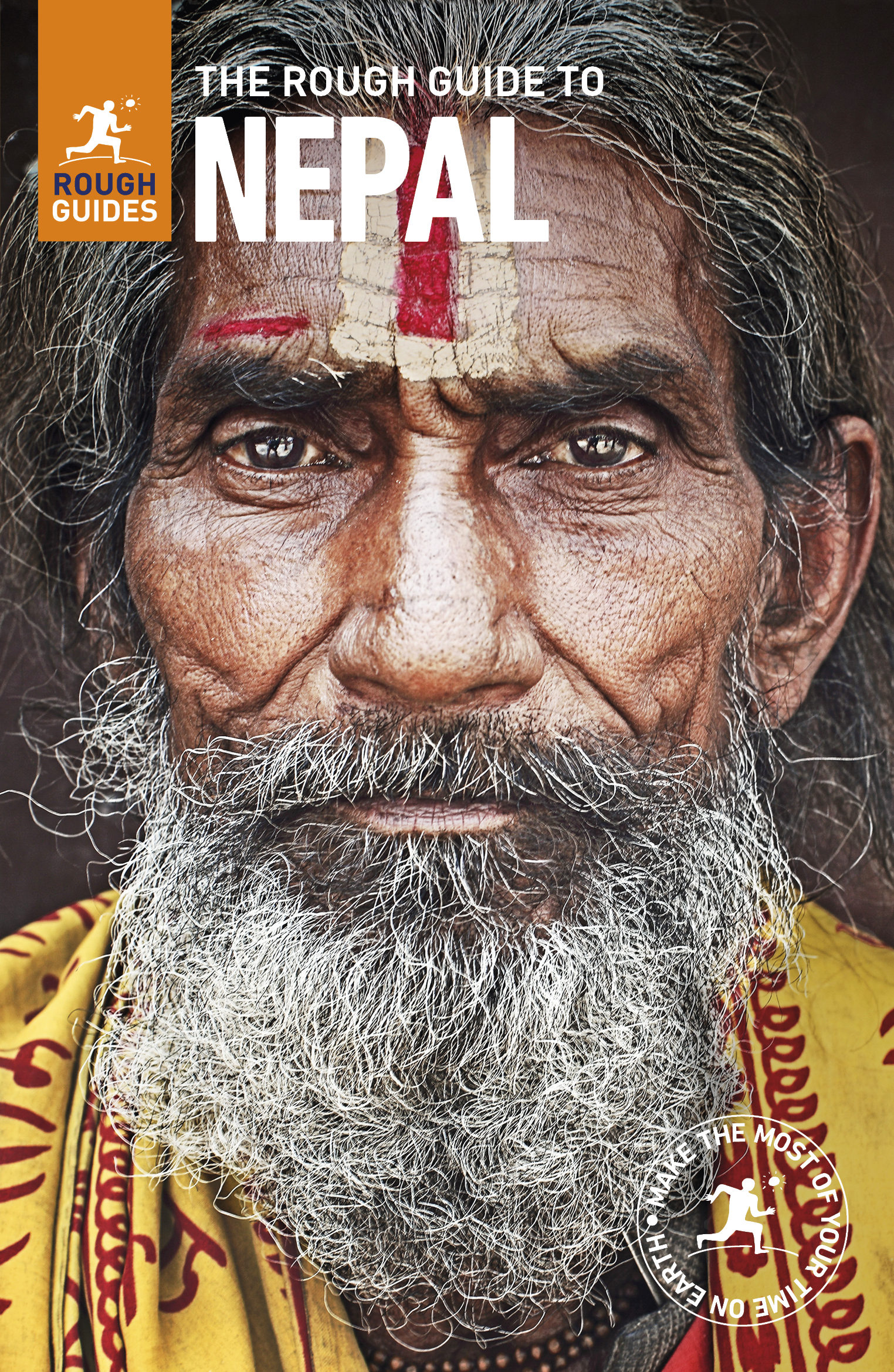
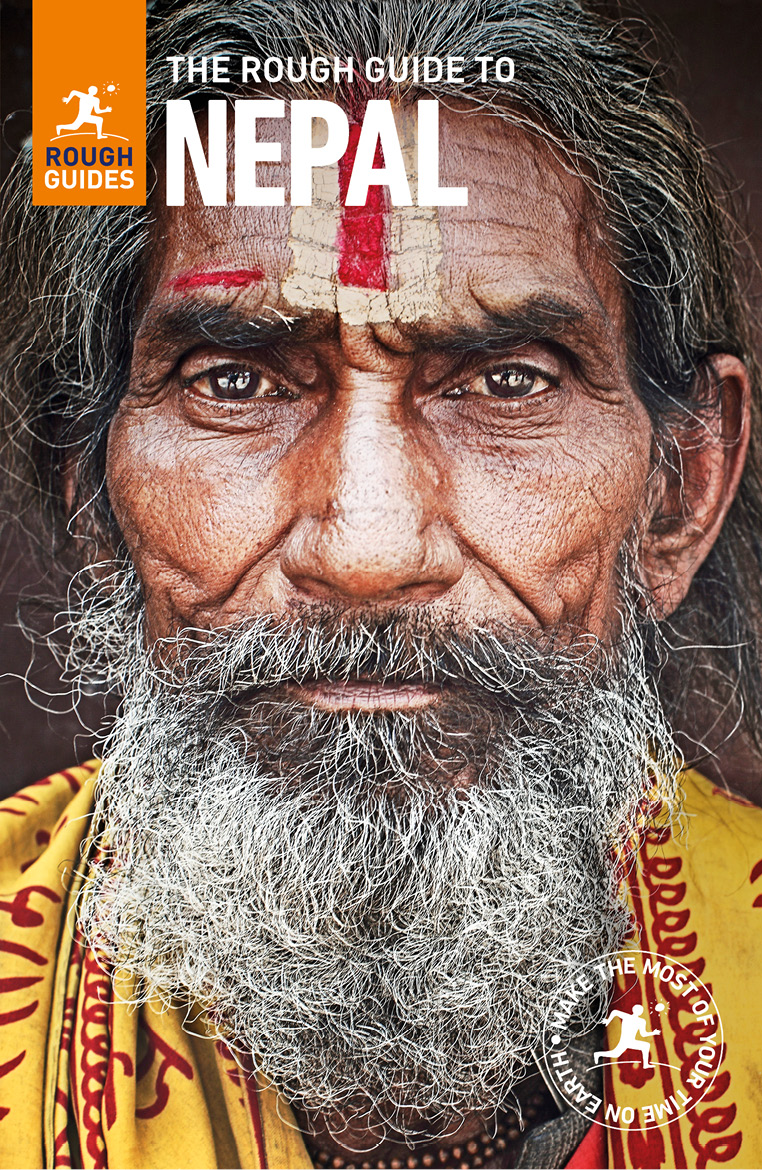
 . You can select your own favourites and create a personalized itinerary by bookmarking the sights, venues and activities that are of interest, giving you the quickest possible access to everything youll need for your time away.
. You can select your own favourites and create a personalized itinerary by bookmarking the sights, venues and activities that are of interest, giving you the quickest possible access to everything youll need for your time away.